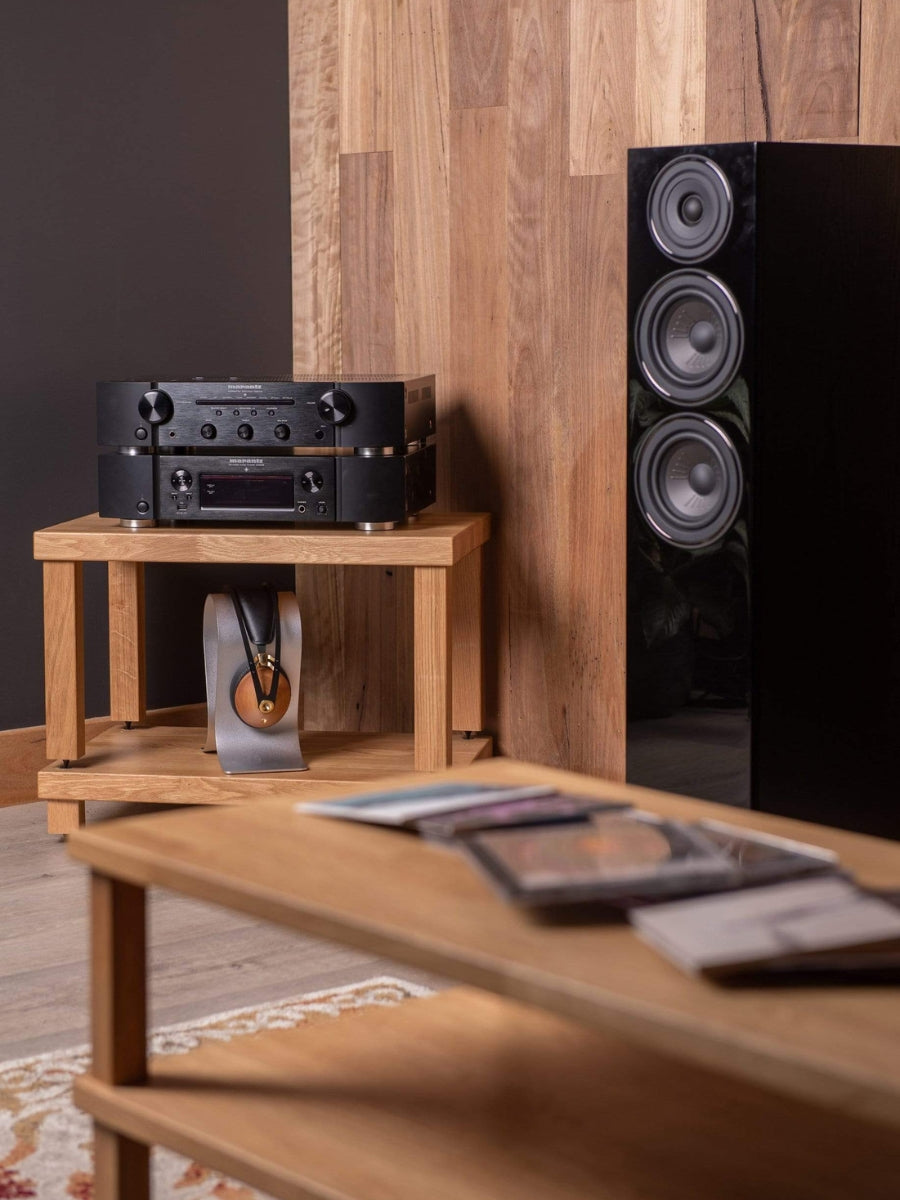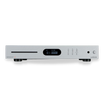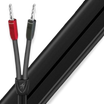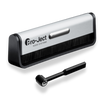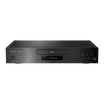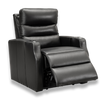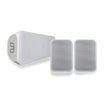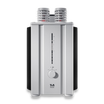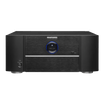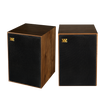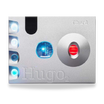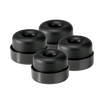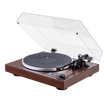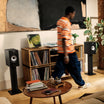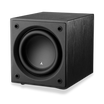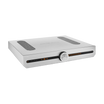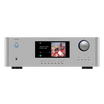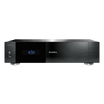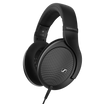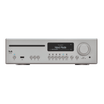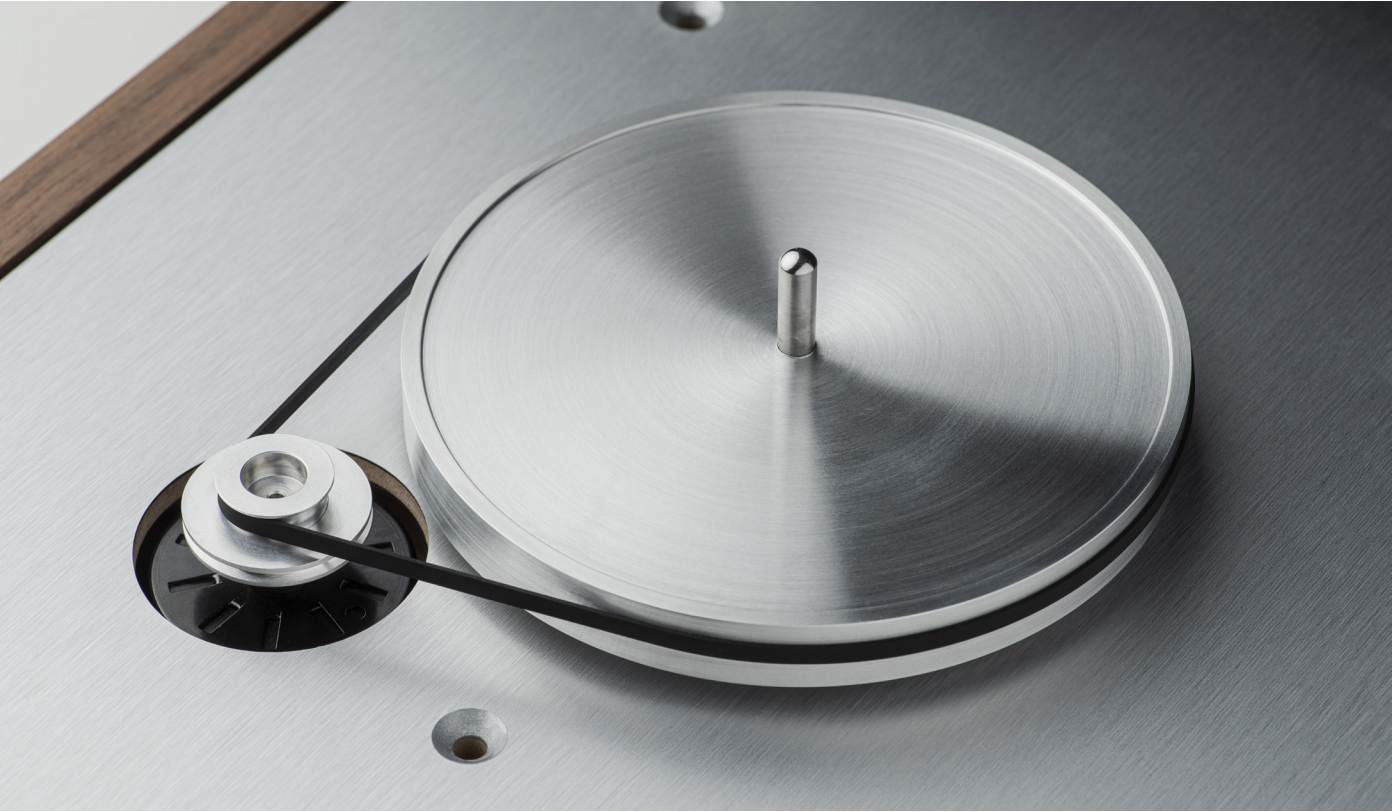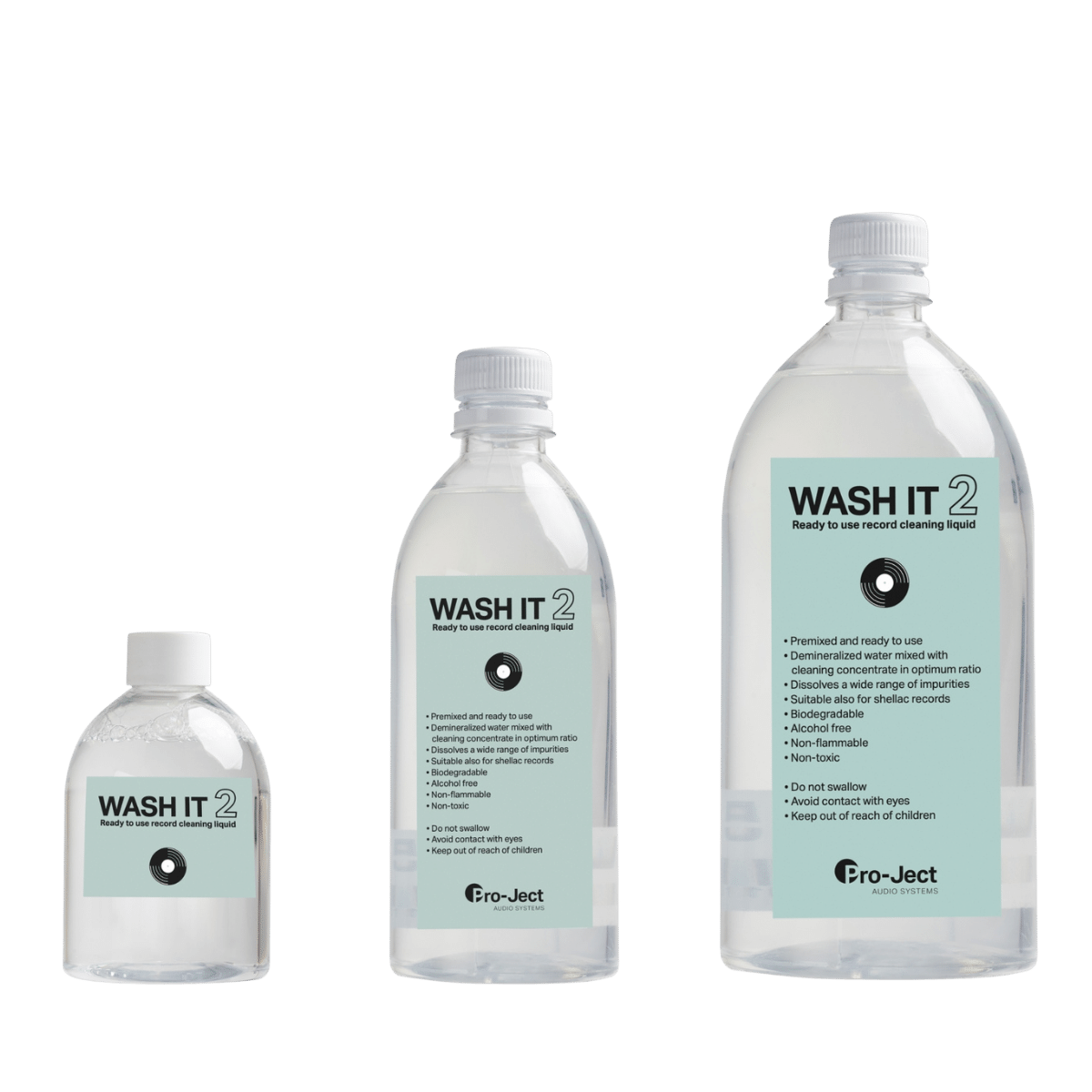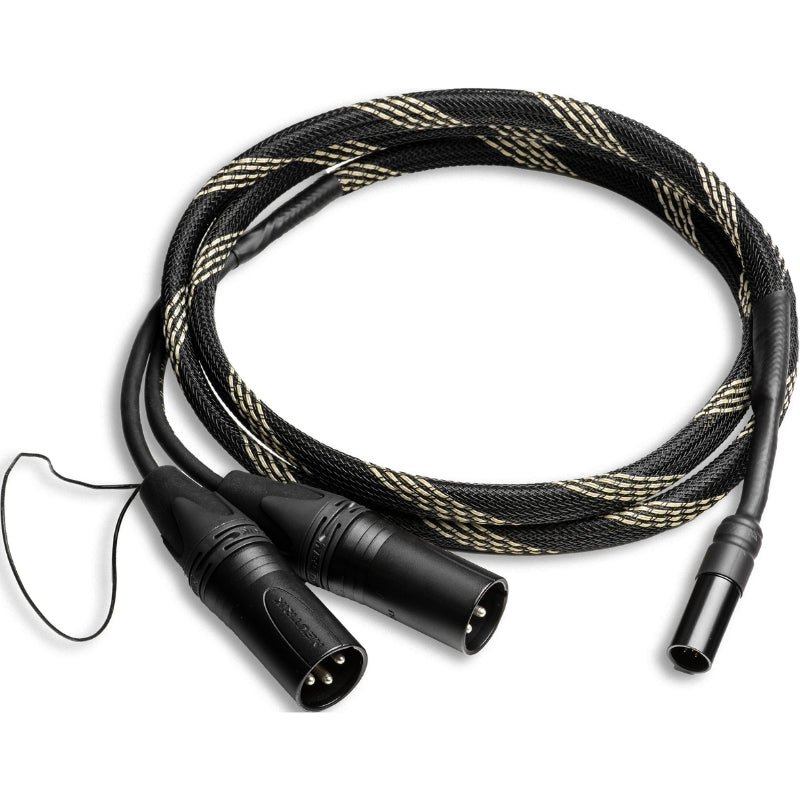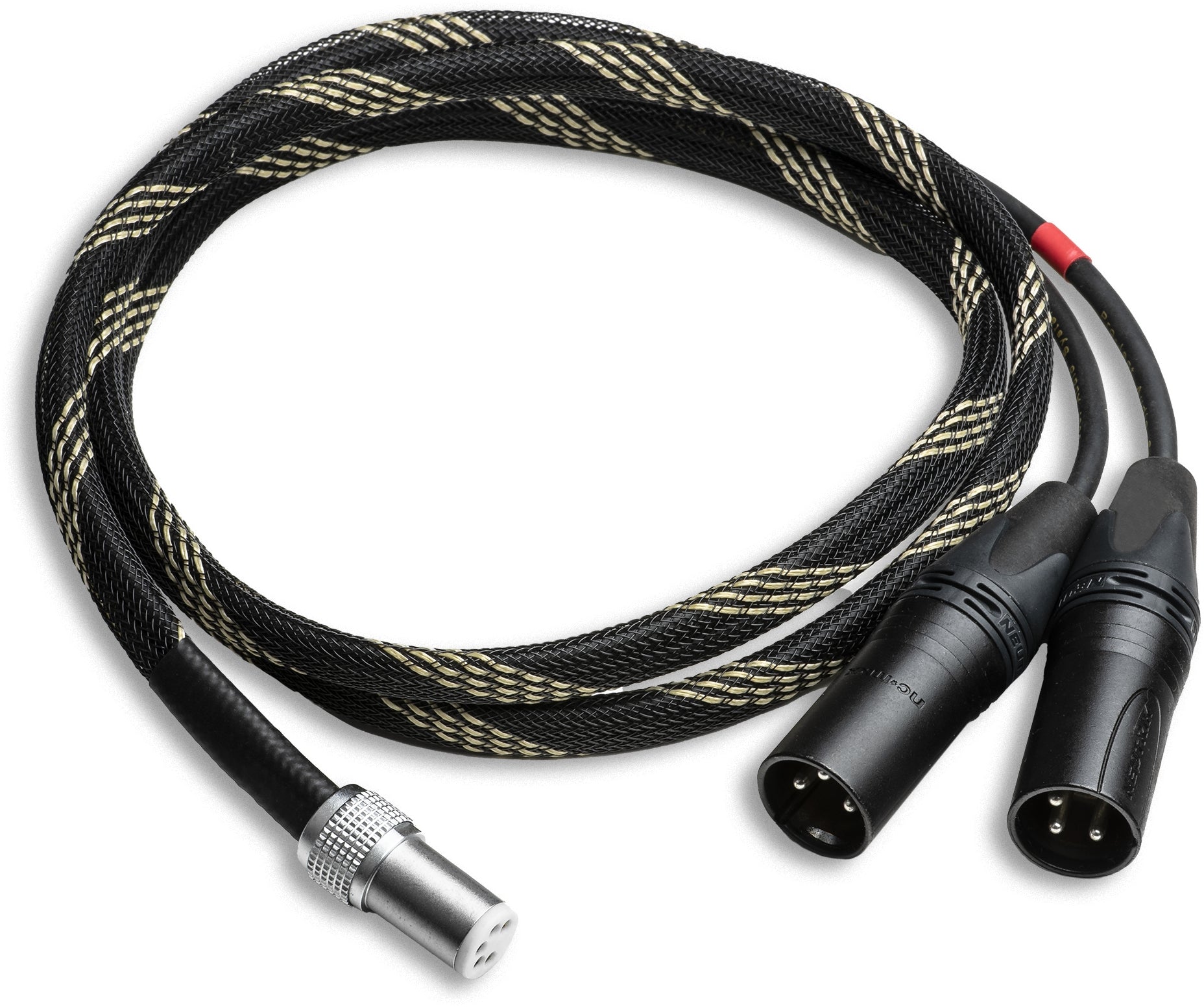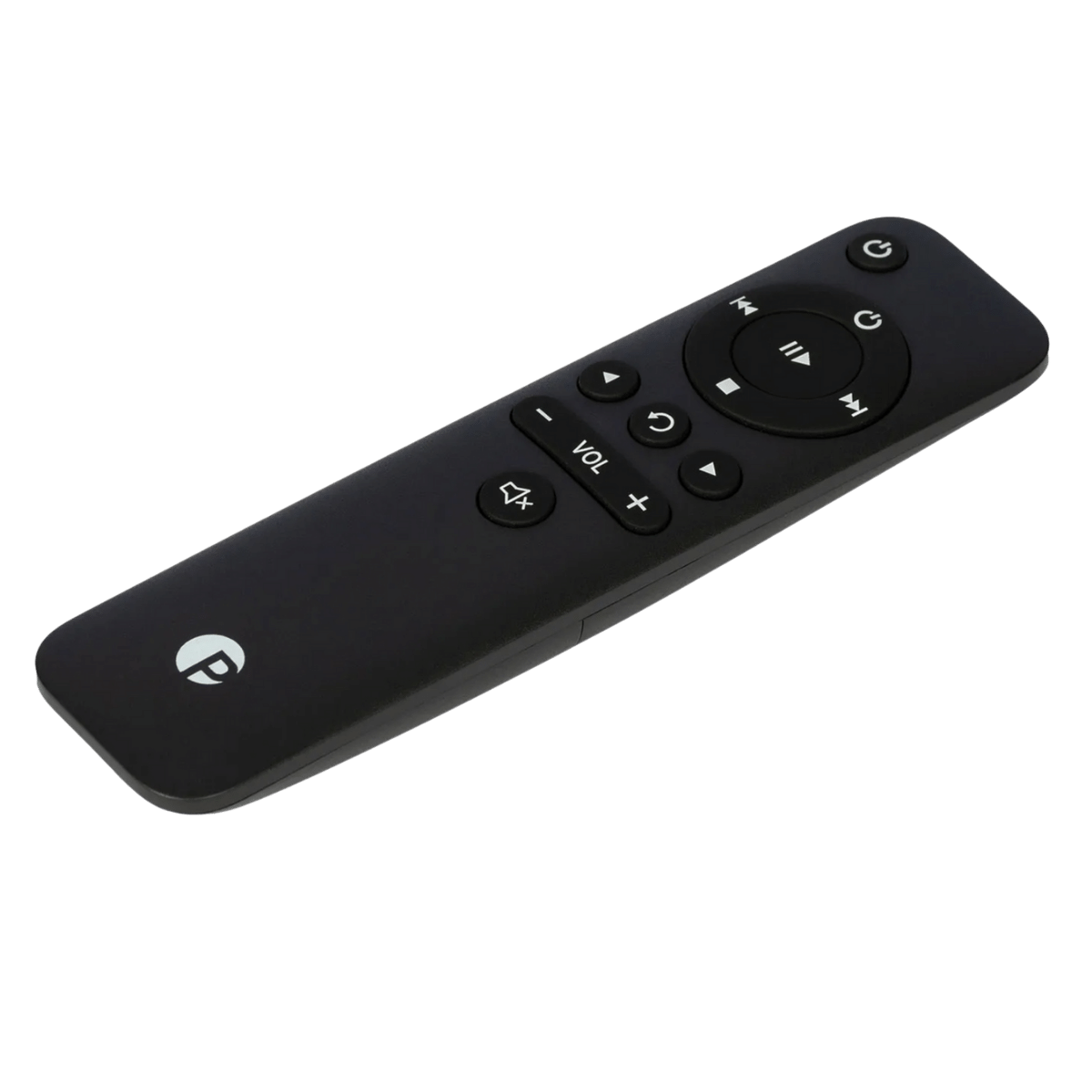

Turntable Spare Parts
Nat's pick

$242.00
Filters
15 products
TELL ME MORE ABOUT
Turntable Spare Parts
Whether you are an audiophile looking to make repairs or enhance your current setup, or a casual listener aiming to keep your turntable in top condition, our selection is... Read More
Whether you are an audiophile looking to make repairs or enhance your current setup, or a casual listener aiming to keep your turntable in top condition, our selection is tailored to meet all your needs.
What are Turntable Spare Parts?
Turntable spare parts are essential components used for the maintenance, repair, or enhancement of record players. These parts can range from basic items necessary for the everyday operation of the turntable to more niche components that may be used for specific upgrades or customizations. Owning spare parts ensures that you can quickly address any issues that may arise with your turntable, preventing prolonged downtime and maintaining optimal audio performance.
Key spare parts include belts, which drive the platter and can wear out over time, and cartridges, which hold the stylus (needle) that reads the record’s grooves. Both are critical for proper turntable function and directly impact sound quality. Other common parts include motors, which power the device, and tonearms, which need precise calibration to accurately track records. Additionally, smaller but vital parts such as anti-skate weights, hinges for dust covers, and various knobs and levers might also need replacement to ensure smooth operation.
For turntable enthusiasts, having access to the right spare parts not only enhances the longevity of their equipment but also allows for a level of customization that can significantly improve the listening experience. Whether it’s replacing worn-out components or upgrading for superior performance, turntable spare parts are indispensable in the world of vinyl playback.
How Do I Know Which Turntable Spare Parts I Might Need?
Identifying which turntable spare parts you might need involves a mix of routine inspection, understanding typical wear patterns, and recognising changes in sound quality or functionality. To ensure your turntable continues to perform at its best, it's important to be proactive in assessing its components. Here are some steps to help you determine the necessary spare parts for your turntable:
1. Regular Inspection: Start with regular visual and functional checks of your turntable. Look for obvious signs of wear or damage such as cracks, fraying belts, or a stylus that appears worn down. These components are often the first to need replacement.
2. Listen for Changes: Pay attention to the audio output. Distortions, skipping, or a decrease in sound quality can signal issues with the stylus, cartridge, or even the motor. These auditory cues are critical in identifying parts that may need replacement.
3. Consult the Manual: Refer to your turntable’s manual for specific maintenance tips and part specifications. The manual can also guide you on how often certain parts typically need replacement, based on your model and usage patterns.
4. Professional Assessment: If you’re unsure, consider a professional assessment. Audio technicians can provide a thorough examination and pinpoint exactly which parts need replacing or upgrading.
By staying vigilant and understanding the common issues that affect turntables, you can accurately determine which spare parts you’ll need to keep your music spinning smoothly and your audio experience pristine.
Some Quick FAQ:
Can I replace turntable parts myself, or should I seek professional help?
Many turntable parts such as belts and cartridges can be replaced by users with basic technical skills and proper guidance, often provided in the user manual or online tutorials. However, for more complex components like the tonearm or motor, professional installation is recommended to ensure proper alignment and functionality.
What are the signs that my turntable belt needs replacing?
Signs that your turntable belt needs replacing include noticeable fluctuations in playback speed, the turntable struggling to start, or a complete failure to spin the platter. A visual inspection might also reveal that the belt has become stretched, cracked, or overly loose.
How long does a turntable stylus last before needing replacement?
A turntable stylus typically lasts between 800 to 1,000 hours of playtime. Signs that you need a new stylus include a drop in sound quality, increased record wear, or distortion in audio output, especially in the highs and mids.
Is it important to use manufacturer-specific spare parts for my turntable?
While manufacturer-specific parts are recommended for optimal compatibility and performance, high-quality third-party parts can also work well and sometimes offer improvements or cost savings. Always ensure third-party parts meet the specifications required by your turntable model.
How often should I perform maintenance on my turntable?
Routine maintenance, such as cleaning and inspections, should be performed every few months or according to the frequency of use. Replacement of parts like the stylus or belt should be done based on usage and any noticeable decline in performance to maintain optimal sound quality and equipment functionality.
Final Thoughts
Maintaining your turntable with the right spare parts is not just about functionality—it's about preserving the integrity and quality of your vinyl listening experience. Whether it's replacing a worn-out belt, updating a stylus, or fine-tuning the motor, each component plays a crucial role in the overall performance of your system.
NEED MORE GUIDANCE?
We are here to help
Check out some of our most commonly asked questions.
What do I need to play records?
Getting into vinyl? That’s awesome! We have some curated turntable Hi-Fi packs, with everything you'll need to get spinning right away. But if you want to build your own, read on for all the details.
First off, you'll need a turntable. It's the star of the show, so make sure it’s in good nick, with a decent cartridge and stylus (needle).
Next, there’s the phono preamp. Some turntables or amplifiers come with one built-in, but if yours doesn’t, you’ll need one as a bridge between your turntable and amplifier or powered speakers.
For the sound output, you’ve got two options. You can go with a traditional setup involving an integrated amplifier to take the signal from your phono preamp and power your passive speakers. Alternatively, you can opt for powered speakers, which have the amplifier built in – a handy all-in-one solution.
Speaking of speakers, good ones are a must for that rich, warm vinyl sound we all love. Whether you go for bookshelf or floorstanding speakers (or powered ones) depends on your space and budget.
And there you go! With these essentials, you’ll be ready to dive into your vinyl collection and enjoy that classic sound.
What can a wireless speaker do?
Wireless speakers are a game-changer for how you enjoy music and audio around the house. First off, they let you stream music wirelessly from your phone, tablet, or computer, so no more messing about with cables. You can easily play tunes from Spotify, Apple Music, Tidal or whatever streaming service you fancy.
If you’re into having music everywhere, many wireless speakers offer multi-room audio. You can sync them up to play the same music in every room or control what plays in each room individually, perfect for parties or just keeping the vibes consistent throughout your home.
Voice control is another brilliant feature. Many come with built-in assistants like Alexa, Google Assistant, or Siri. You can control your music with just your voice, ask for the weather, set reminders, or even control other smart home devices.
Sound quality? These little gadgets often pack a punch, delivering high-quality audio that can rival traditional wired setups. Some even offer 360-degree sound, filling the room with music from every angle.
In a nutshell, wireless speakers bring flexibility, convenience, and top-notch sound to your audio experience, making them a fantastic addition to any home. Whether you’re hosting a party, working from home, or just chilling out, they make listening to music a breeze.
How do you choose the right speaker & amplifier combination?
Deciding on a good speaker and amplifier combination is like putting together a perfect wine and cheese pairing—it’s all about balance and harmony. Here’s a conversational guide to help you through it:
First, consider your speakers. These are your main players, so you want to choose ones that fit your space and listening preferences. If you love deep bass and have a bit of room, floorstanding speakers might be your go-to. For smaller spaces or a more subtle look, bookshelf speakers are fantastic.
Now, onto the amplifier. This is where things get interesting. Your amp needs to match your speakers in terms of power and impedance. Check the wattage ratings on your speakers—your amplifier should provide enough power to drive them properly. Too little power and you’ll be missing out on sound quality; too much, and you risk damaging your speakers.
Next, think about the impedance (measured in ohms). Your amp and speakers should be compatible here too. Most speakers are rated at 8 ohms, but some can be 4 or 6. Make sure your amplifier can handle the impedance of your speakers to avoid any performance issues.
Another important factor is the type of sound you’re after. Some amps are known for their warm, rich tones, while others might be more neutral or even slightly bright. It’s a bit like choosing between a vinyl record and a digital stream or CD —each has its own charm. If possible, listen to different amp and speaker combinations to see what sounds best to your ears.
If purchasing online, note that at LE, we have made recommendations on speaker & amplifier combinations that we think sound wonderful together within each product listing.
Don’t forget about connectivity and features. Modern amplifiers often come with a host of options like Bluetooth, Wi-Fi streaming, and various inputs for all your devices. Make sure your amp has the inputs you need for your turntable, CD player, or streaming device.
Finally, consider your budget. Great sound doesn’t always mean breaking the bank, but be prepared to invest to get a quality setup that will last.
In the end, trust your ears. Listen to a few combinations if you can, and go with what makes your music sound the best to you.
Why do I need a headphone amplifier?
If you’re diving into the world of high-quality audio, a headphone amplifier can be a real game-changer. Think of it like this: most standard devices, like your smartphone or laptop, just don’t have the oomph needed to drive headphones properly. They might get the job done, but they won’t do your music justice. A headphone amp gives your headphones the power they need, ensuring you get the volume and clarity that really makes your music shine.
It’s not just about making things louder, either. A good headphone amp can significantly improve sound quality. You’ll get clearer highs, richer mids, and tighter bass, making your favourite tracks sound even better. You might notice details you’ve never heard before, especially if you’re listening to high-resolution audio files.
Premium headphones often have higher impedance, meaning they require more power than your typical audio source can provide. A headphone amp can handle this with ease, making sure your headphones perform at their absolute best. Plus, many amps come with extra features like bass boost, equalisation, and gain control, giving you more ways to tweak the sound to your liking.
In short, if you’re passionate about your music and want to hear it in the best possible way, a headphone amplifier is definitely worth considering. It’s all about unlocking the full potential of your gear and really getting the most out of your listening experience.
Where should I start when designing a home cinema?
Designing your own home cinema? That's awesome! We are here to help walk you through the process, but as a starting point, here’s what we would recommend and where to kick things off:
First up, pick your spot. For most people this is your existing lounge room, but if you have an underused garage, or spare bedroom, then you have an opportunity to create your very own true Home Cinema experience. Find a room that’s just right—not too cramped and ideally away from noisy areas. This sets the stage for that immersive movie experience.
Next, think about how you’ll set things up. Plan where your seats will go and where to place your projector screen for the best view from every angle. It’s all about creating that comfy, cinematic vibe.
Sound matters, too. Consider if you want a wireless system for simplicity or a full surround sound speaker system with AV receiver for that surround-sound thrill. Think about soundproofing or adding acoustic panels or thick carpets to really amp up the audio quality of the room.
Now, onto the screen. Decide between a crisp TV or a projector setup, depending on your room size and personal style. Maybe even throw in some dimmable lights or smart lighting to set the mood just right.
And hey, don’t forget comfort. Invest in plush cinema seating and think about the décor—whether it’s movie posters, blackout curtains, or popcorn machine & bar area, whatever gives you that true cinema feel.
Lastly, tech it up! Make sure everything—from your Blu-Ray player & Apple TV to your gaming consoles—is set to sync perfectly with your new setup.
With these steps, you’re on your way to creating a home cinema that’s not just a space, but an experience. Enjoy movie nights like never before!


